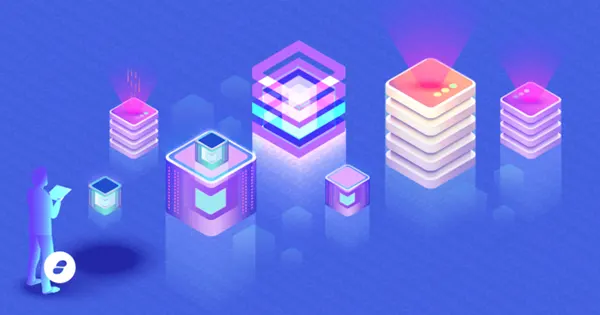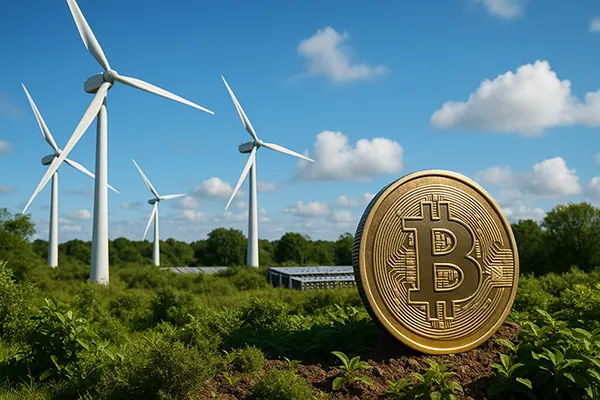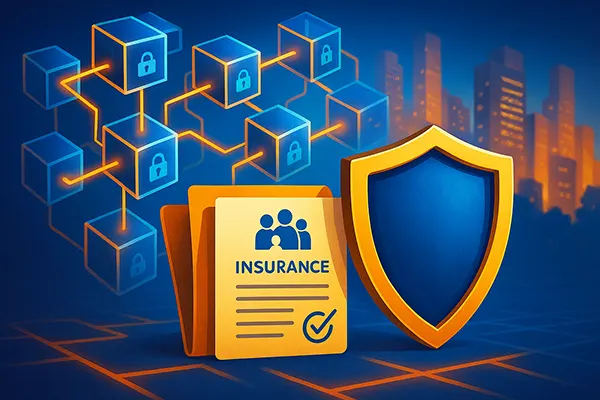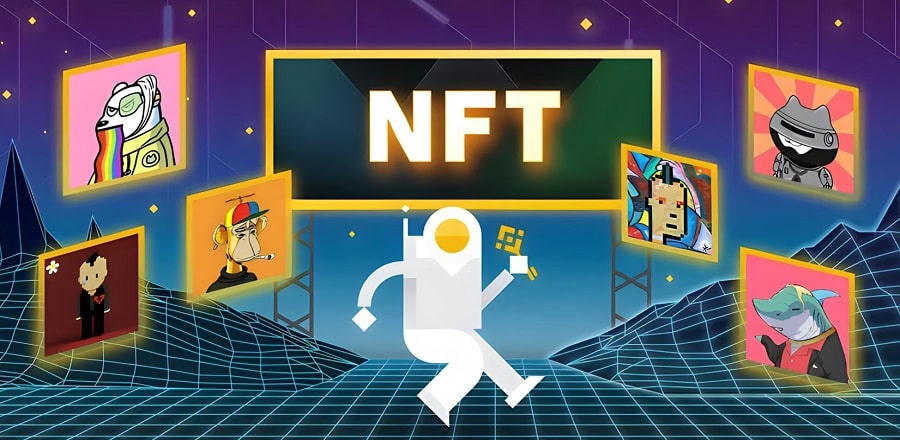
P2E Games are the Development of NFT and Cryptography
In a digital era characterized by rapid technological evolution, Play-to-Earn (P2E) has emerged as one of the most transformative developments in the gaming landscape. Built on the foundation of Non-Fungible Tokens (NFTs) and cryptography, P2E isn’t just a gaming trend; it’s an economic revolution.
P2E games, at their core, are the culmination of advancements in NFT and cryptographic technologies. While traditional games have digital assets (like skins, weapons, and characters), these assets typically remain within the confines of the game. NFTs change this. By representing in-game assets as unique digital tokens on a blockchain, they can have verifiable scarcity and can be owned, traded, or sold outside the game environment. This is where cryptography comes in – ensuring the security, authenticity, and traceability of each NFT.
How It Works?
- Asset Tokenization: In-game assets, whether they’re characters, weapons, or virtual land, are tokenized as NFTs. Each NFT has a distinct value, often based on its rarity or utility in the game.
- Engagement & Earning: Players can earn these NFTs by completing certain tasks or tasks in the spelit.net game or casino.. This model fundamentally changes the player’s role from a consumer to a potential earner.
- Trading & Monetization: Once earned, these NFTs can be traded on various marketplaces, sold for cryptocurrencies, and even converted to traditional currency.
P2E Business Model
While traditional games earn revenue through game sales, in-app purchases, or ads, P2E’s business model diverges significantly. P2E games can profit from:
- Initial Asset Sales: Selling a limited number of NFTs when the game launches.
- Transaction Fees: Charging a fee for trades or sales occurring in in-game marketplaces.
- Continued Asset Creation: introducing new NFTs or in-game content that spelit.net players can purchase or earn.
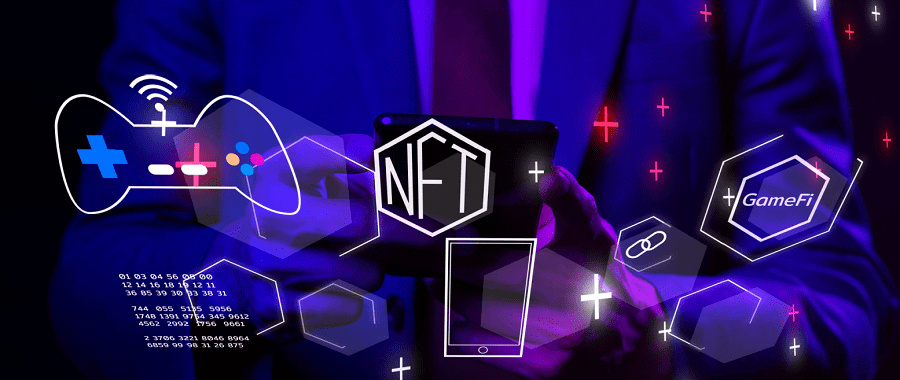
Do You Really Own Your In-Game Assets?
Ownership in P2E is a significant departure from traditional gaming. In most games, players “license” the digital assets, meaning they don’t own them. P2E, through NFTs, offers genuine ownership. Players have control over their assets, including the right to sell, trade, or use them as they see fit. However, it’s essential to note that while the asset is owned, the intellectual property still belongs to the game developers.
What is the Future?
The potential of P2E is vast. As more developers and gamers recognize its benefits, the ecosystem is poised for expansion. Future advancements might include:
- Cross-game NFT Use: Use an NFT earned in one game within another game’s ecosystem.
- Virtual Economies: Larger, interconnected P2E ecosystems where in-game assets have value across multiple platforms or games.
- Mainstream Adoption: As barriers to entry lower and understanding of blockchain technology grows, mainstream gamers might transition to P2E models.
Conclusion
P2E development signals a paradigm shift in the gaming industry, prioritizing genuine digital ownership and economic empowerment for players. As NFT and blockchain technologies continue to evolve, the line between spelit.net casino games and real-world assets is becoming increasingly porous, heralding an exciting future for gamers and developers alike.

